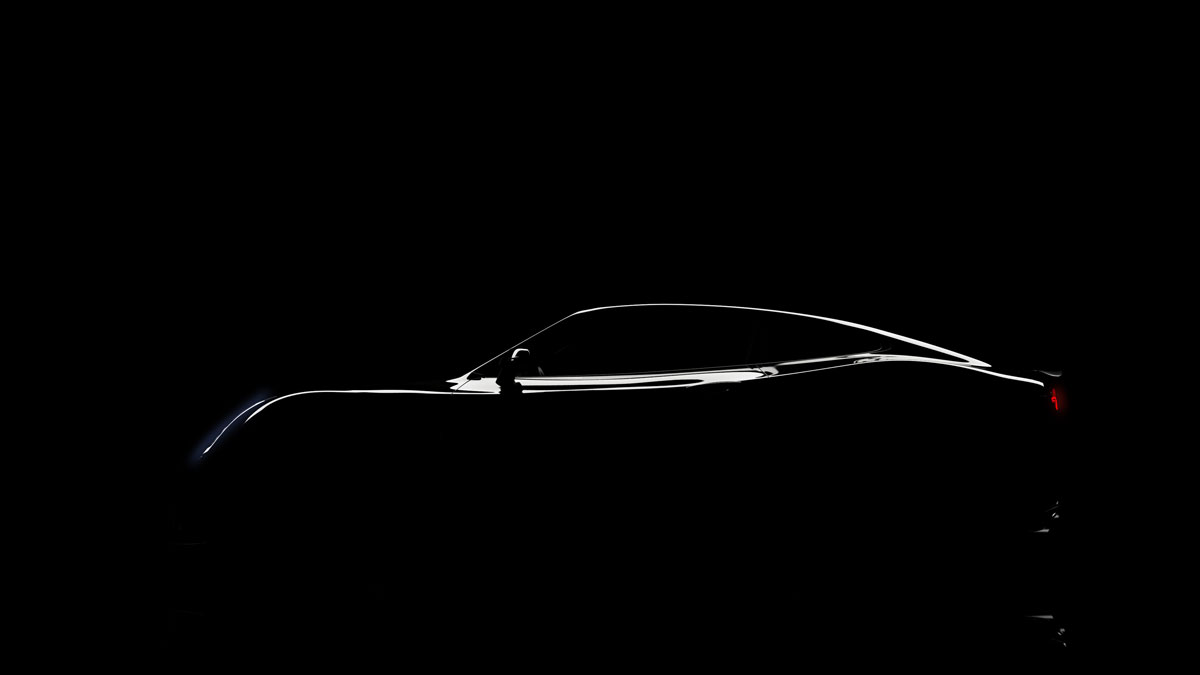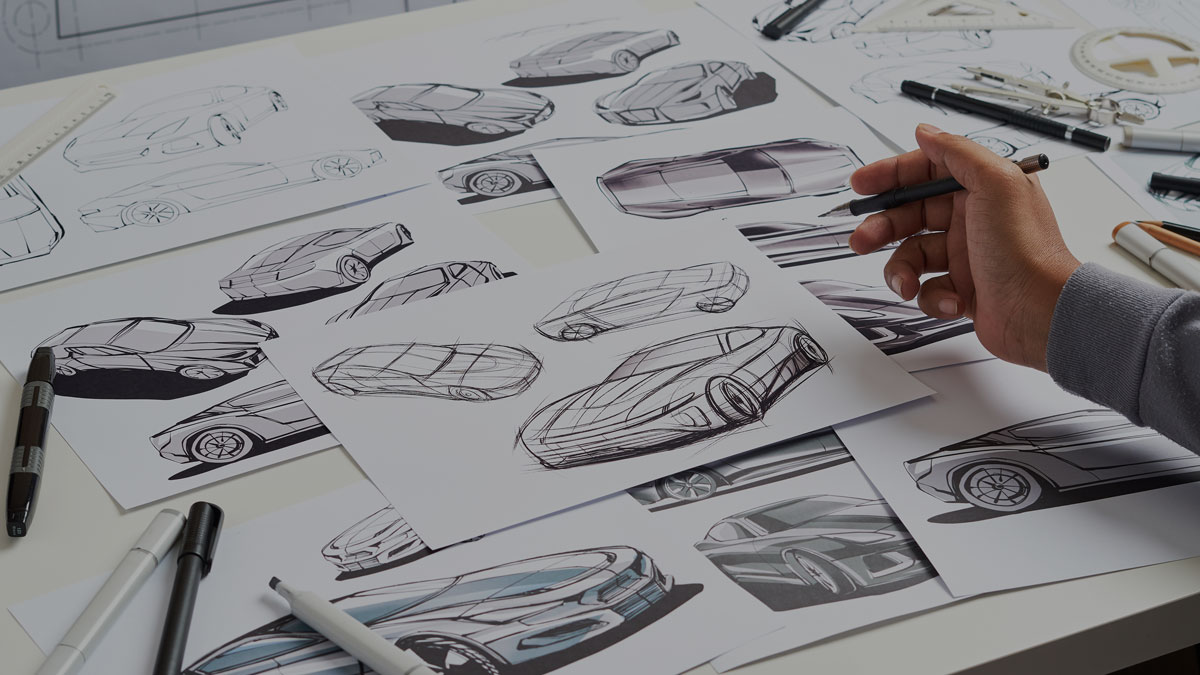Constant innovation is the essence of design, and the latest developments in the automotive industry bear witness to this. In our latest article, we explore four cutting-edge developments in automotive design and how they will reshape the industry. Keep reading if you want to discover the most impactful trends in modern car design.

©valtrifon / stock.adobe.com
1. New Materials In Car Design
Over the past few years, the automotive design industry has clearly gravitated towards lightweighting. Weight reduction has been mainly driven by a desire to minimize fuel consumption in line with emission target regulation and with environmental concerns. To achieve this, car designers are increasingly turning their attention to new materials.
For example, 21st-century car design is moving away from using steel as the main component of a vehicle’s body and is instead incorporating AHSS (advanced high strength steels). This makes vehicles lighter and facilitates the job of designers, since it is easier to replace traditional steel with AHSS than it is with certain composites or aluminium.
New materials are also likely to transform the design of vehicle interiors. In this area, the use of plastic will increasingly co-exist with natural fibres and multi-material systems, as explained in detail in this article, which also cites some examples of manufacturers already taking this approach.
Lower vehicle volume and weight cannot only be achieved through the replacement of materials, but also by bringing innovation into the manufacturing process. Nowadays, aerodynamic design and new materials are coming together via 3D printing, as illustrated by Divergent Microfactories’ Blade hyper-car, whose chassis is the first to be entirely 3D printed.
This ties into car design in that 3D printing has the potential to facilitate car customization and personalization, giving designers more leeway to be innovative, agile, and to engage in rapid prototyping. You can see an example of the role 3D personalization plays in car design in Volkswagen’s retro-EV take on one of its 1962 models.
2. Car Headlight Technology
Advances in headlight technology are one of the most notable trends in current car design. In little over 20 years, the industry has gone from almost exclusively relying on round lamps to using small and slim pixel LEDs or xenon headlamps.
In addition to bringing energy efficiency and safety improvements, this change has had an impact on car design. New lighting technology allows more design flexibility, especially for front light modules. These technologies can also be used to create specific visual effects, such as elongating the bonnet, as evident in the design of the new Jaguar F-type.
Moreover, technological advances like laser lighting allow designers to explore compact or minimalist forms and bring them in line with brand identity. Some manufacturers are already materialising this trend and even merging laser with LED headlights, as is the case of the new BMW X7.
3. Modular Car Design
In cutting-edge car design, form follows function and function follows need. Design requirements like flexibility and adaptability are likely to become even more prominent from 2021 onwards. This is due to changing lifestyles, which impact user requirements.
Chief among those requirements are high personalization levels. This need partly arises following the widespread reach of the sharing economy. According to a recent report, by 2030 car sharing could account for 26% of all the global miles travelled. So how can automotive designers deliver a personalized experience when a vehicle is shared by several users with diverse needs?
Approaching car design from a modular perspective can help achieve the perfect fit between user needs and vehicle features. Developments in robotics and AV technology are likely to push this trend forward. We are already seeing steps taken in that direction, like REE’s development of a platform module that can support anything from a golf cart to a truck. And there are other manufacturers that have already jumped onboard, including:
- Electric Brands with the eBussy model.
- Fiat, with their Centoventi EV.
- Mercedes Benz and their Vision Urbanetic vehicle.
You can find a more detailed overview of this Lego-like approach to car design here.
4. Cars As Living Spaces: The Impact On Car Design
The fundamental shift caused by the advent of autonomous vehicles has implications for the automotive industry at large. Within this model, drivers no longer have an active role and instead become passengers or travellers. Once liberated from being behind the wheel, they can use the time spent in a vehicle as they see fit.
This entails an important conceptual shift. Cars become places rather than just objects, and they may even be seen as mobile living or working spaces. In this scenario, vehicle users are likely to start demanding additional services, such as those related to productivity or leisure. Car design experts play a key role in this transformation, as they will need to rethink how shape and space will come together in the vehicles of the future.
Initially, this trend is more likely to affect interior design. As a BMW executive stated last year, automotive designers are already drawing inspiration from boutique hotels, lounges, and home environments. This will be crucial to create vehicles that function as living spaces.
In short, as the AV industry gains traction, car design will be increasingly geared towards creating in-vehicle experiences.
Conclusion
Design innovation is often a response to changing social trends and needs, and the automotive design industry is no exception. New materials, advances in lighting technology, modular design, and the transition to the concept of vehicles as living spaces are the leading trends in current car design. Understanding these developments can help design experts envision the vehicles of the future and be an instrumental part in turning concepts into realities.


